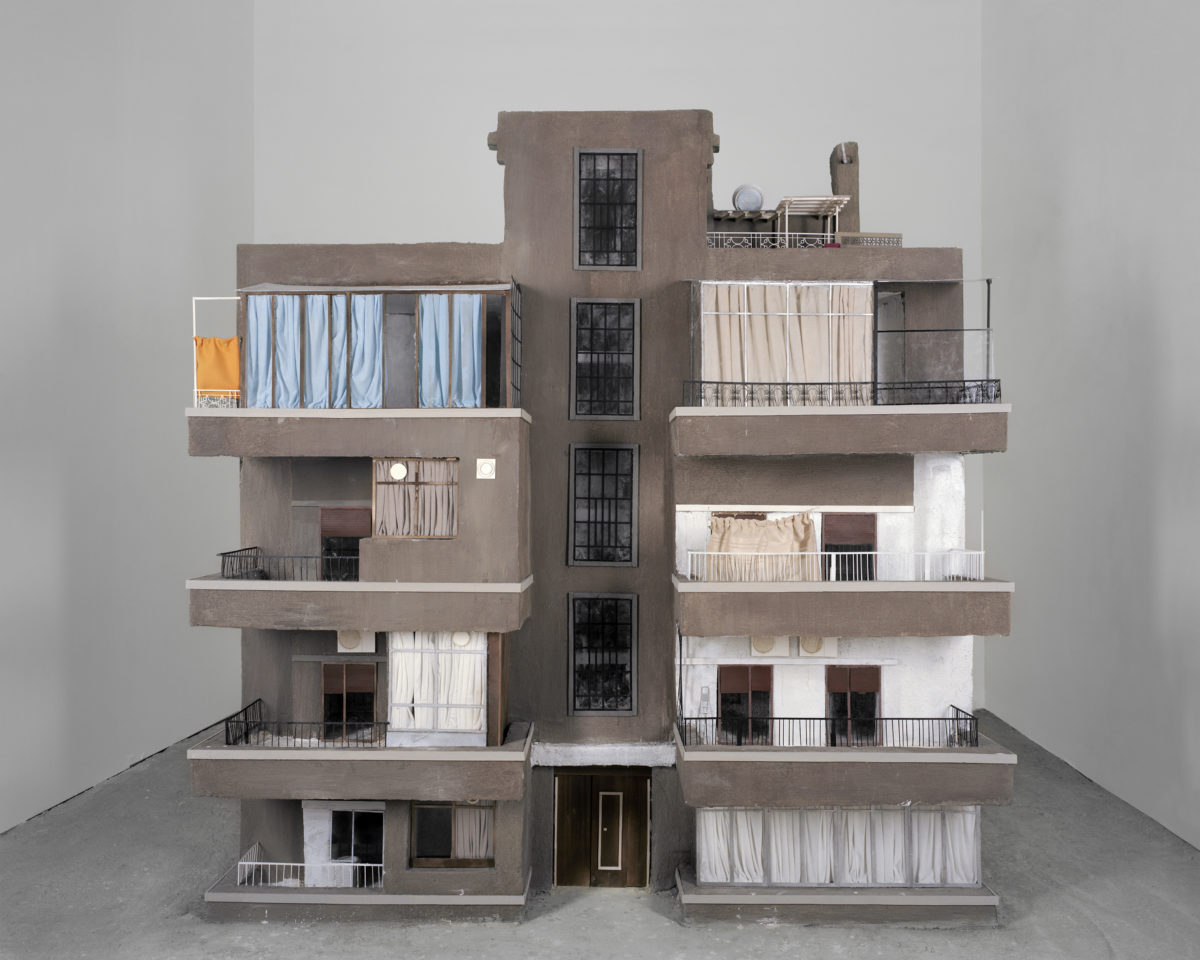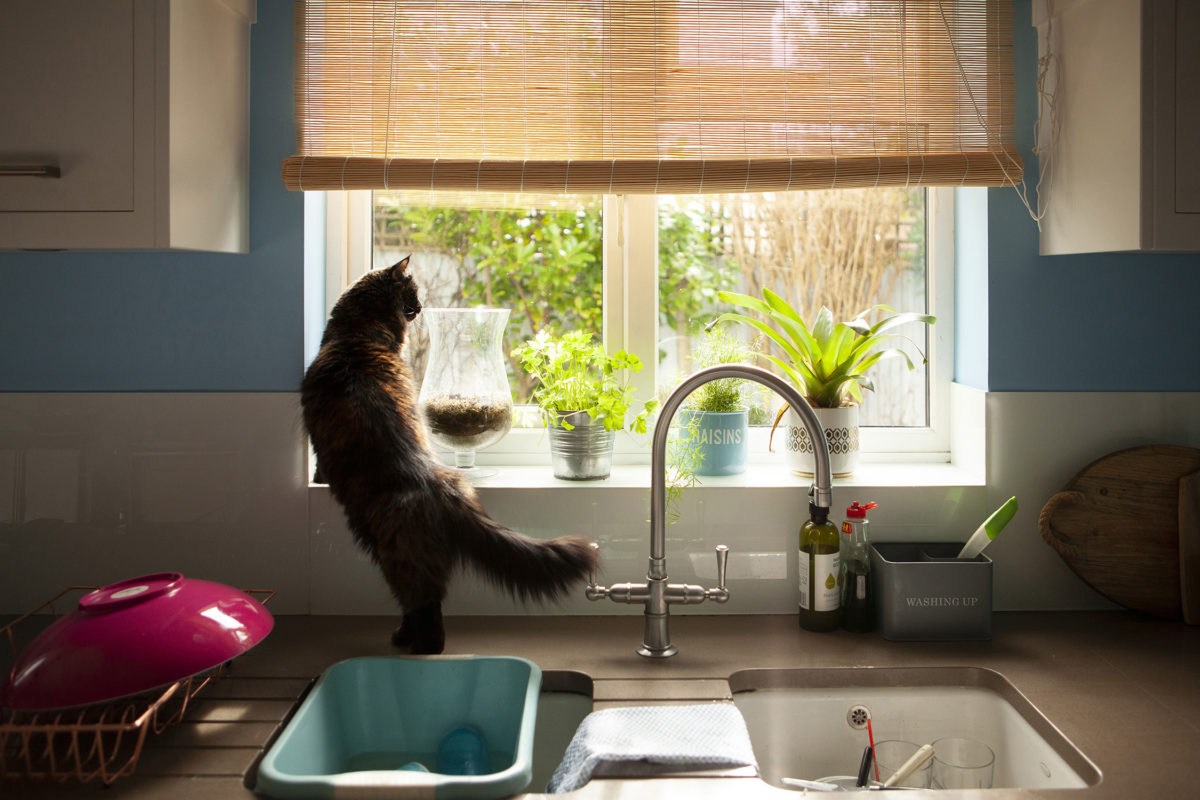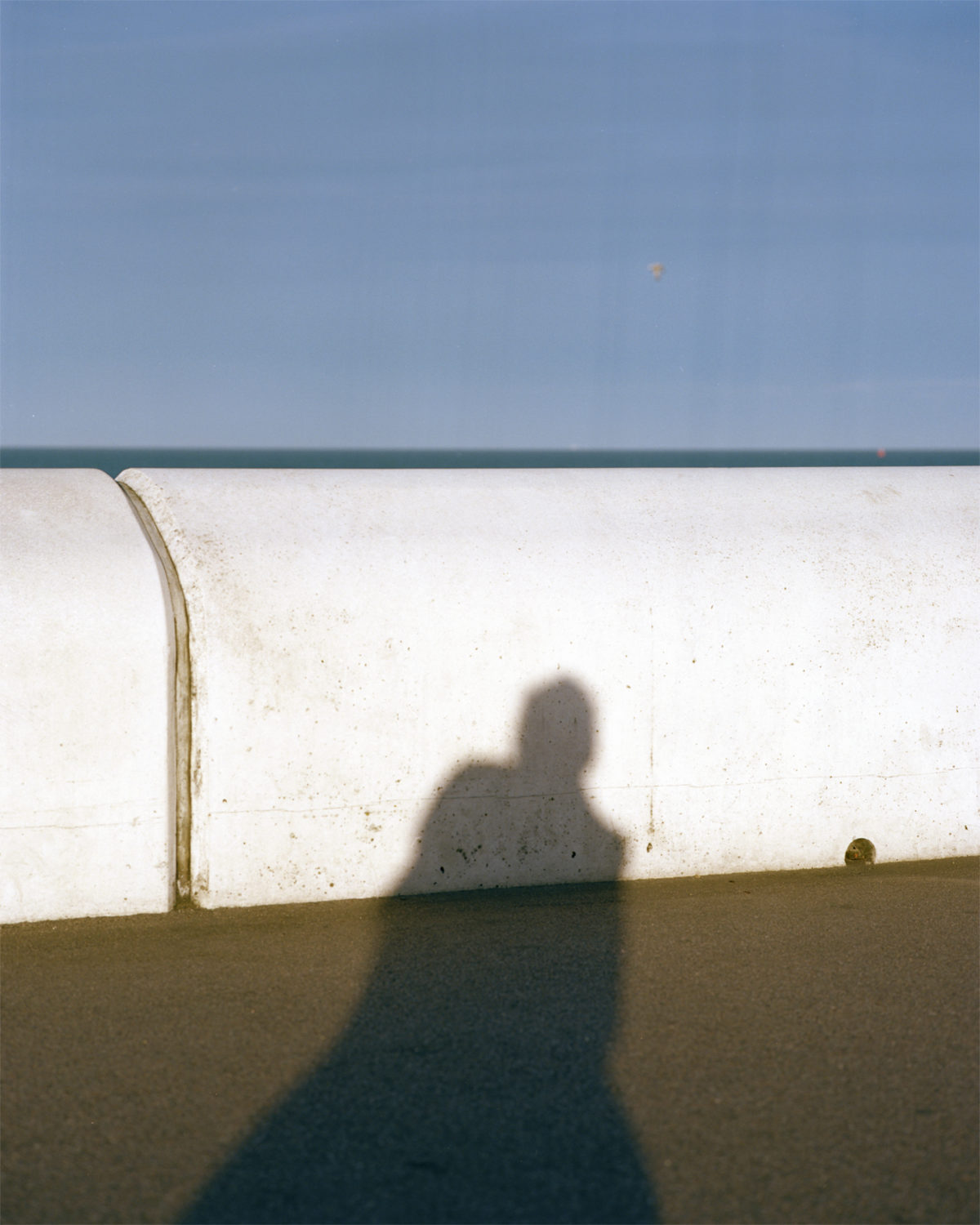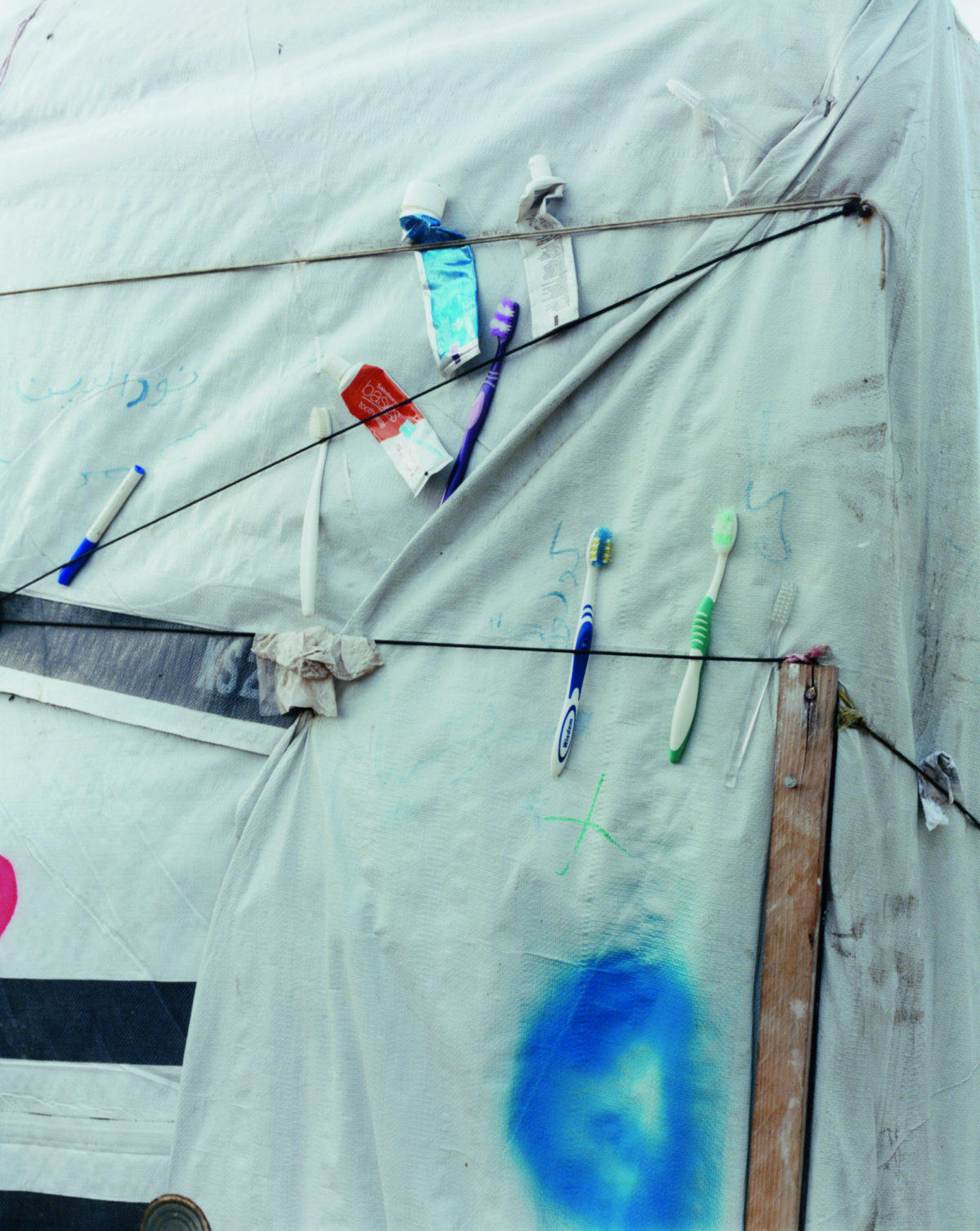Where do you feel most at home? This could be a particular room in your own flat or house. But it might also be somewhere else, where you have a greatest sense of belonging – at a friend’s place, at school, on the football pitch, on stage etc.
What defines a sense of home for you? Given an empty space, what would you need to add before feeling most at home?





